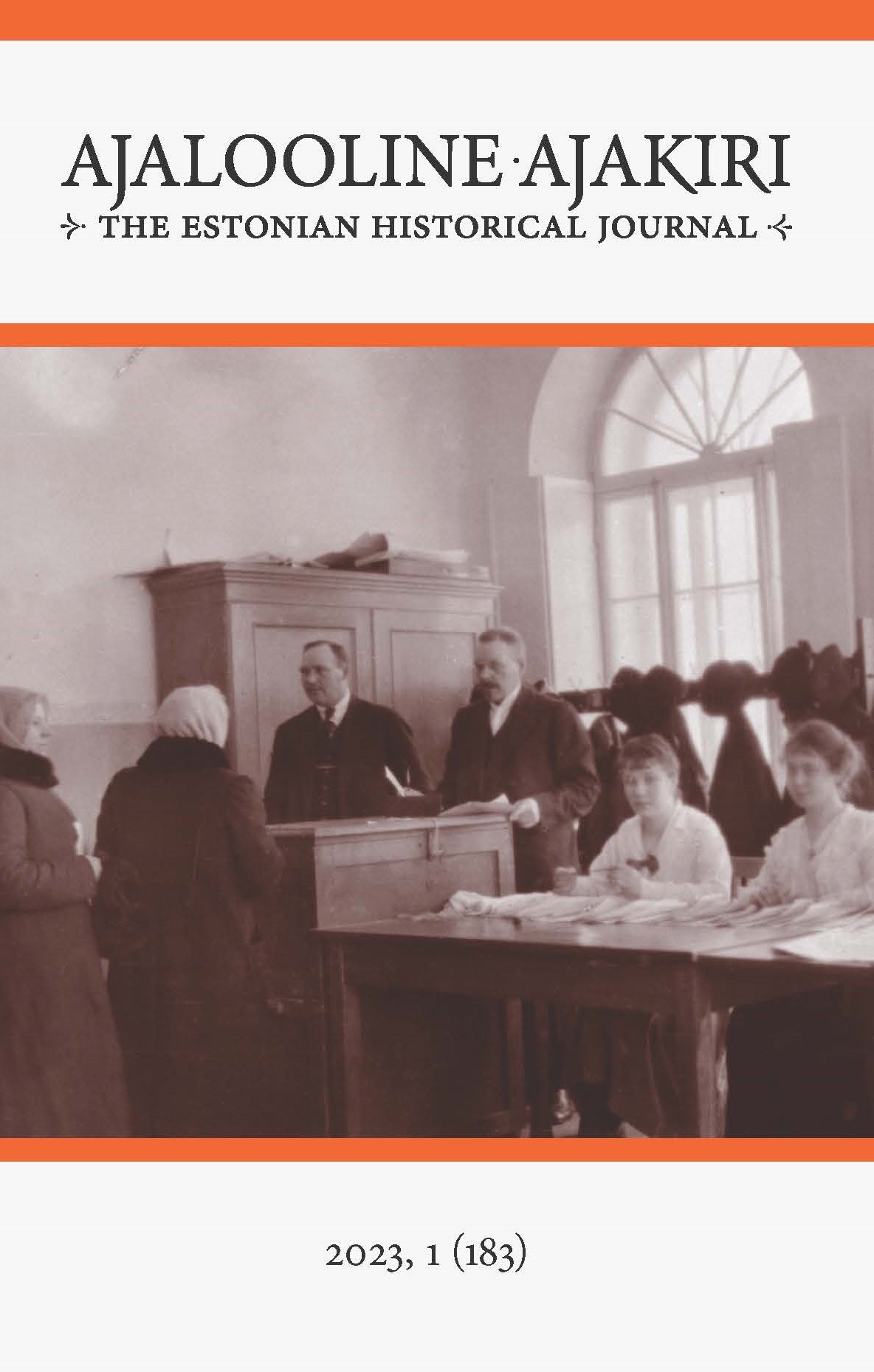Hästitempereeritud eelmäng. Kirg ja vaoshoitus seksuaalsuhetes varauusaegses Euroopas
DOI:
https://doi.org/10.12697/AA.2023.1.02Keywords:
marriage, sexual behaviour, history of medicine, Martin Luther, early modern period, EuropeAbstract
Abstract: A Well-Tempered Foreplay. Passion and Constraint in Sexual Relations in Early Modern Europe
The church prescribed norms for sexual behaviour, stipulating four requirements for sexual intercourse: it had to take place within marriage, it had to be genital (ruling out anal and oral intercourse), it had to be heterosexual, and with some concessions it also had to be procreative – aimed at conceiving children. The Reformation admittedly did away with marriage as a sacrament, but that did not mean that Protestants depreciated marriage as an institution. Compared to their Catholic counterparts, Protestant theologians placed considerably greater emphasis on the importance of sexual ties between a married man and woman. Marriage was no longer a conceded form of cohabitation, but rather one that was preferred and recommended. Luther not only stipulated the requirement to marry, but also the duty of marriage, which required sexual activity from both the man and the woman. Along with this requirement, sexual life was forced into a marital framework even more. Leaving the duties of marriage (debitum conjugale) unfulfilled was deplored in both theological and medical literature and it was acceptable grounds for divorcing marriage.
The church’s requirement to exercise sexual restraint in marriage contradicted the medical understandings of that time. According to the teachings of Hippocrates and Galen of Pergamon that were current in the early modern era, both men and women had semen – women’s semen was situated in the womb, which opened up when the woman became sexually aroused. Conception took place when male semen was mixed with female semen. This in turn required that both the man and the woman achieved orgasm. If the woman hated her husband, then the womb would not open up and conception would not take place. From the medical viewpoint of that time, in order for the woman to conceive, the sexual stimulation of the woman was not only permissible, but altogether indispensable. Hence two almost contradictory opinions concerning the encouragement of sexual intercourse took shape: the medical – the more, the better – and the theological – the less, the better. While physicians gave spouses advice on how to conceive children as effectively as possible, theologians taught how to behave as sinlessly as possible.
The Enlightenment redefined the sexuality of women. By the end of the 18th century, the knowledge that the woman’s orgasm or its absence was of no importance whatsoever regarding conception gained general acceptance. From that point onward, the woman’s part in the sexual sphere was relegated to a passive role that implied indifference and dispassion during coitus. Bourgeois marriage, which started to take shape at the end of the early modern era, altered conceptions that had hitherto been current. While pleasure had been a sin before the Enlightenment era, thereafter pleasure became irrational and foolish.

